In the days leading up to New Year’s, churches and fire companies across Lancaster County are busy preparing pork and sauerkraut. For them, the dinners help to raise needed funding for projects and equipment. As for those who celebrate the New Year with the hearty Pennsylvania Dutch meal, they hope it will bring them wealth, health and good luck.
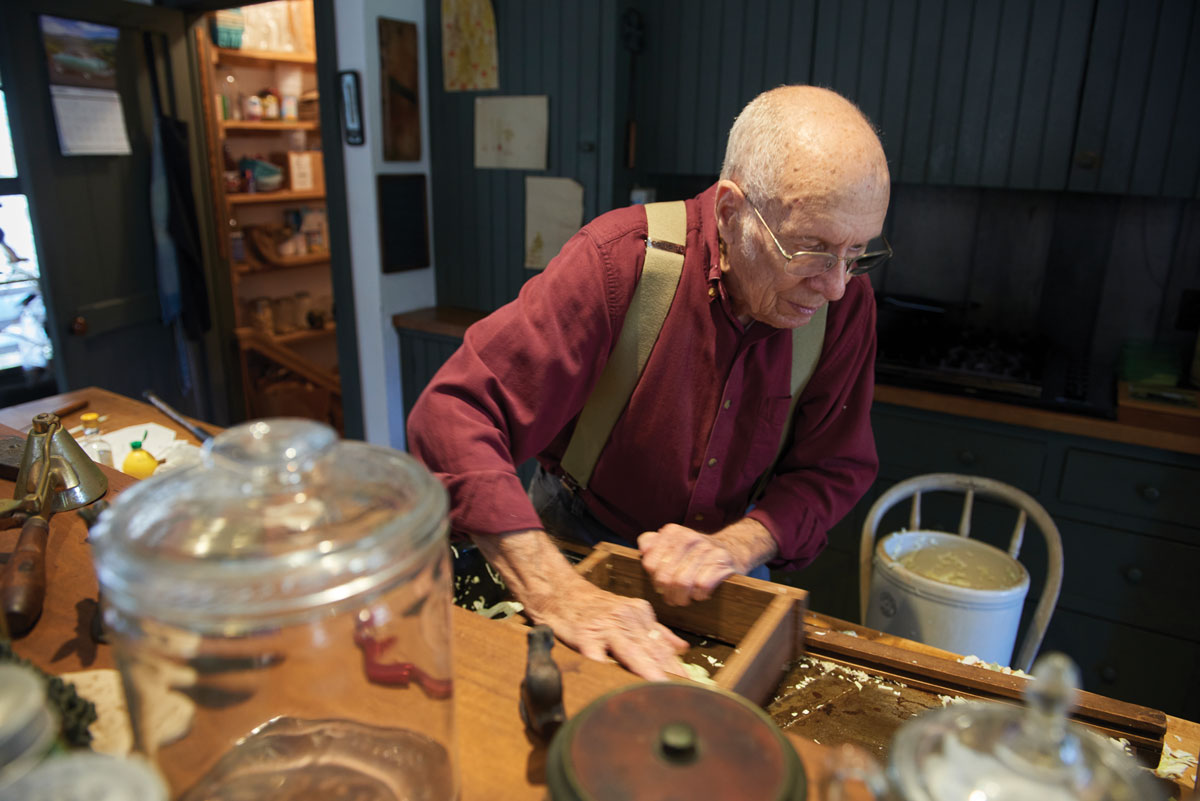
Jack Hillard prepares 24 heads of cabbage – roughly 140+ pounds – to make sauerkraut. Each year he generously gives out 2 pints each to “30-some people.” In 2019, he produced approximately 80 quarts of sauerkraut, filling six crocks.
How did we come to eat pork and sauerkraut for New Year’s? It’s a cultural thing that dates back to Germany and made the transition to America. Food historian, author and Pennsylvania Dutch cooking authority William Woys Weaver explains that the tradition grew out of the mid-winter feasts that coincided with the ritual of butchering hogs. Also, cabbage that had been fermenting since the fall harvest was ready to eat. Add some potatoes and the Pennsylvania Germans had a tasty meal to enjoy for New Year’s and beyond. Even after home butchering became passé in the late 1800s, the pork and sauerkraut dinners continued – notably to ring in the New Year.
The tasty dinner – which provides a nice transition from decadent holiday fare – also has some superstitions connected to it. Pork has a positive connotation – pigs root forward. The bright-green cabbage represents the color of money. I remember my grandmother telling us sauerkraut was for good luck, that green foods would bring money in the New Year.
The tale connected to cabbage/sauerkraut also promises that the number of shreds you eat will be proportionate to the state of your wealth, health or luck in the coming year. Finding an extra-long shred equates to living a long life.
Jack’s Blue Ribbon Sauerkraut
As Christmas approached last year, my close friend Erin Young suggested that I follow “Gramps” around when he makes sauerkraut. Gramps is Jack Hillard, whose sauerkraut is highly regarded among connoisseurs. On the occasions I’ve had to sample it, I always noticed it didn’t last long. This past fall, his sauerkraut won a blue ribbon at the New Holland Farmers Fair.
Appreciating craftsmanship, quality and history, Jack has a shared affinity for antique cookware – not for the sake of collecting, but for utilitarian purposes. When I stopped by one evening to visit, Jack was pouring water into a couple of old stoneware crocks he had recently bought. Noting my curiosity, he explained he was checking for leaks before the big sauerkraut-making day got underway.
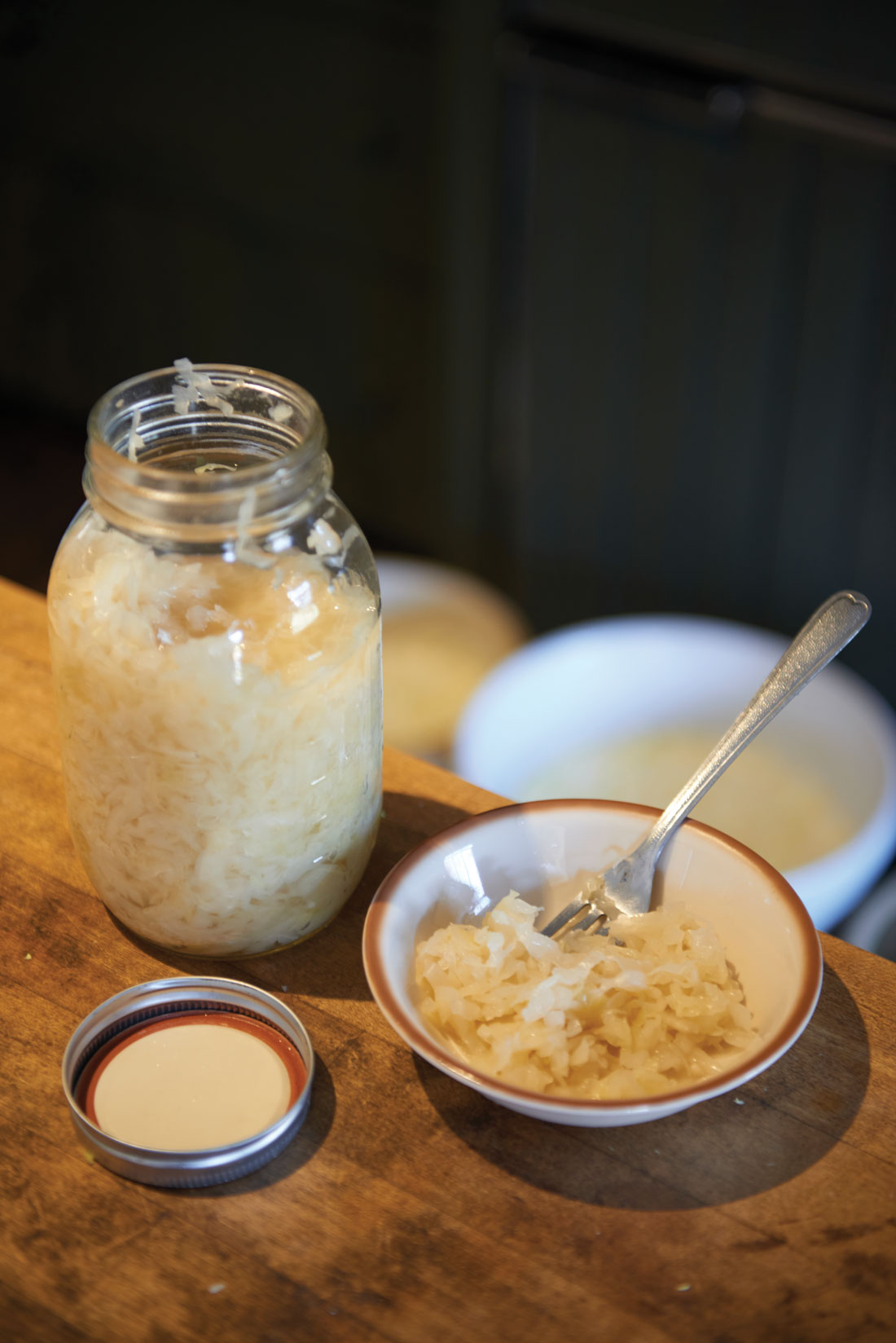
Jack Hillard’s prize-winning sauerkraut. Stored in the fridge directly after fermentation, it’s tangy, a little sweet and has just the right crunch.
In New Holland, the Hillard family has roots immediately neighboring my own Overly and also Kurtz families. I grew up with Jack’s grandson, John, and only years later did I learn that my Uncle Neal and Grandpa Overly used to ride dirt bikes with Jack and his son, Todd. Pictures that go back 100 years or more verify the connections between
the families.
I looked at my time with Jack as an opportunity to ask about local and family history. A New Year’s resolution worth keeping: spend time this year learning or teaching an old recipe with a family member. Passing on traditions and stories that live outside a handwritten recipe can pay dividends across generations.
Crocks
If you can’t find any crocks in your grandmother’s attic and don’t want to pay an exorbitant amount at local antiques shops, Reading China & Glass has a great selection of Pacific Merchant’s traditional fermentation crocks, ranging from $100 for a 5-liter to $206 for a 20-liter with a lid included, as well as Ohio Stoneware crocks, priced at $50 for a 5-gallon size.
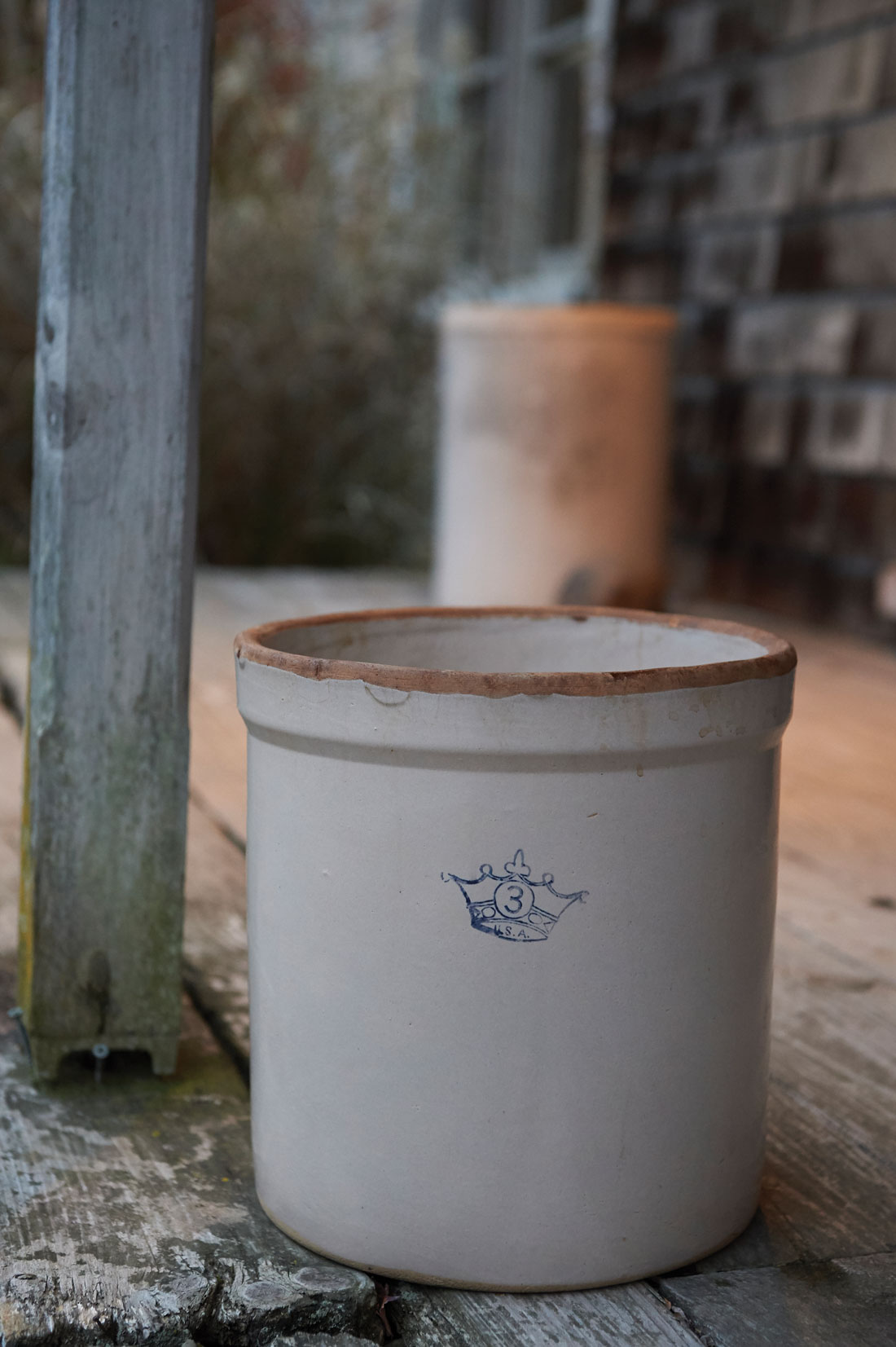
Two of Jack Hillard’s stoneware fermentation crocks – a 3-gallon being tested for leaks before use and a retired 15-gallon stoneware crock in the background.
While beautiful, finding a home to store a crock can be challenging. Another key consideration of stoneware crocks is weight. Empty, they’re hefty, but after filling a 5-gallon crock with 25 pounds of shredded cabbage and water, it suddenly takes on a new level of immobility.
If you’re looking to save some green, commercial food-grade plastic buckets are less glamorous but are lightweight and functional. (Avoid using a 5-gallon bucket from a hardware store, or at least consider a food-safe bucket liner.) Some restaurants may be willing to part with leftover food-grade buckets.
I opted for a clear, 22-quart, commercial food-grade bucket from The Restaurant Store. Including the lid, my $25 purchase will provide utility – particularly when canning – and weighs very little.
Tips for Making Sauerkraut
Waiting until after the first frost to buy your cabbage offers a critical advantage: vegetables hit with frost produce sugars that prevent the water content in their leaves from freezing as quickly. This typically makes for sweeter vegetables and, in the case of fermenting, serves as food for bacteria that converts sugars to acid to make sauerkraut. When visiting your local farmstead, ask when the first frost is expected. Find out how quickly after harvest you can get your cabbage fermenting; the shorter the duration, the better.
According to Andy Hirneisen, senior food safety educator at Penn State Extension in Leesport, ideal varieties of cabbage include resistant Golden Acre, Danish Ballhead and Late Flathead.
A 5-gallon crock is ideal for a single batch, ensuring consistent fermentation that might not be possible in smaller containers. Twenty-five pounds of green cabbage paired with 3/4 cups of canning salt will fill a 5-gallon crock perfectly, leaving room for extra brine, if necessary, without risking an overflow. The salt helps to prevent the growth of undesirable bacteria, such as salmonella, listeria and E. coli, while extracting water for safe bacteria to grow. Cabbage will vary in size, but that cabbage-to-salt ratio is scientifically tested and food safe for fermenting sauerkraut.
- Lancaster Farm Fresh Co-Op Red Sauerkraut: funky, tender, with an identical flavor to traditional sauerkraut.
- Gap View Homestead Raw Saurkraut (Kinzers, PA): crunchy, delicate, simple.
- Oak Lane Kitchen Kraut (Lancaster) – crunchiest, my personal favorite for classic expectations.
- Hawthorne Valley (New York) Turmeric: warm and spicy, fitting for the winter months.
- Hawthorne Valley (New York) Caraway Sauerkraut: robust and aromatic.
Removing the outer leaves, wash each cabbage, quarter and remove the stalk. Ideally, each slice of the cabbage will produce even cuts roughly the width of a 25-cent coin. A mandoline slicer can save time while producing even cuts. Personally, I find them terrifying and will stick to an 8-inch cook’s knife.
The liquid in fermenting sauerkraut is released by adding canning salt. A potato masher works well for this purpose.
During fermentation, oxygen can lead to the formation of mold. A dinner plate held down with a water-filled resealable bag will keep the cabbage submerged in the acidic brine. When covered with a kitchen towel, carbon dioxide from the fermenting process can escape without pressure buildup.
Sauerkraut will take three to four weeks of fermenting at 70 to 75 degrees Fahrenheit. At 60 to 65 degrees, fermentation may take five or six weeks, and below that temperature, it may not ferment at all. Temperatures above 75 degrees may cause the cabbage to lose the desired crunch and become soft.
Sauerkraut can be stored in the refrigerator for several months in air-tight containers. For canning purposes, use a boiling water bath in pint containers for 20 minutes or quart containers for 25 minutes, with 1/4 inch of headspace. Canning is more likely to provide an optimal texture, but it will kill bacteria, good and bad. When preserving in freezer-designated bags, press out the air, seal, date and lay flat so the sauerkraut freezes faster to preserve texture.
New Year’s Day Pork & Sauerkraut Dinners
Note: Most dinners are served family-style and a majority offer takeout. Prices typically range from $10-$15 for adults. Prices for children vary.
Robert Fulton Fire Company
2271 Robert Fulton Highway, Peach Bottom. 717-548-8995. Rffc89.com
11 a.m.-4 p.m., Takeout, 11 a.m.-2 p.m.
St. Peter’s Evangelical Lutheran Church
10 Delp Rd. Stpeterslutheran.org. 717-569-9211
11 a.m.-3 p.m.
Lancaster Church of the Brethren
1601 Sunset Ave. 717-569-5277. Lancob.org
11 a.m-3 p.m.
Kinzer Fire Company
3521 Lincoln Highway East. 717-442-3329. Kinzerfire.com
10 a.m.-6 p.m.
Zion Lutheran Church
18 Quarry Road, Leola. 717-656-9200. Zionleola.org
11 a.m.-3 p.m.
Lancaster Liederkranz
722 S. Chiques Rd., Manheim. 717-898-8451 (after 4 p.m.). Lancasterliederkranz.com
11:30 a.m.-3:30 p.m.
Fivepointville Fire Company
1087 Dry Tavern Rd., Denver. 717-445-4933. Fivepointvillefire.net/
10:30 a.m-1:30 p.m.
St. Joseph Catholic Church
440 St. Joseph St., Lancaster. Stjosephslanc.com. 717- 397-6921
1-3 p.m.



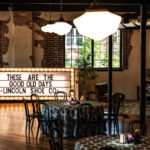


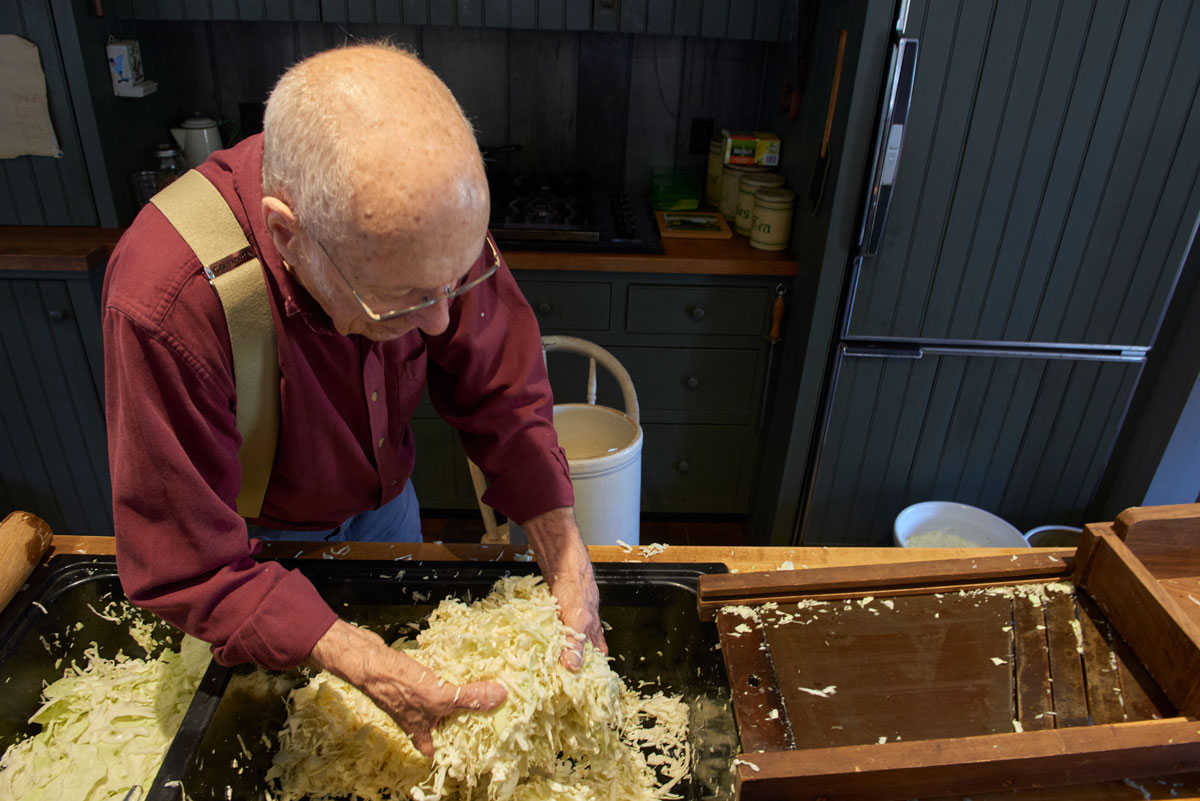
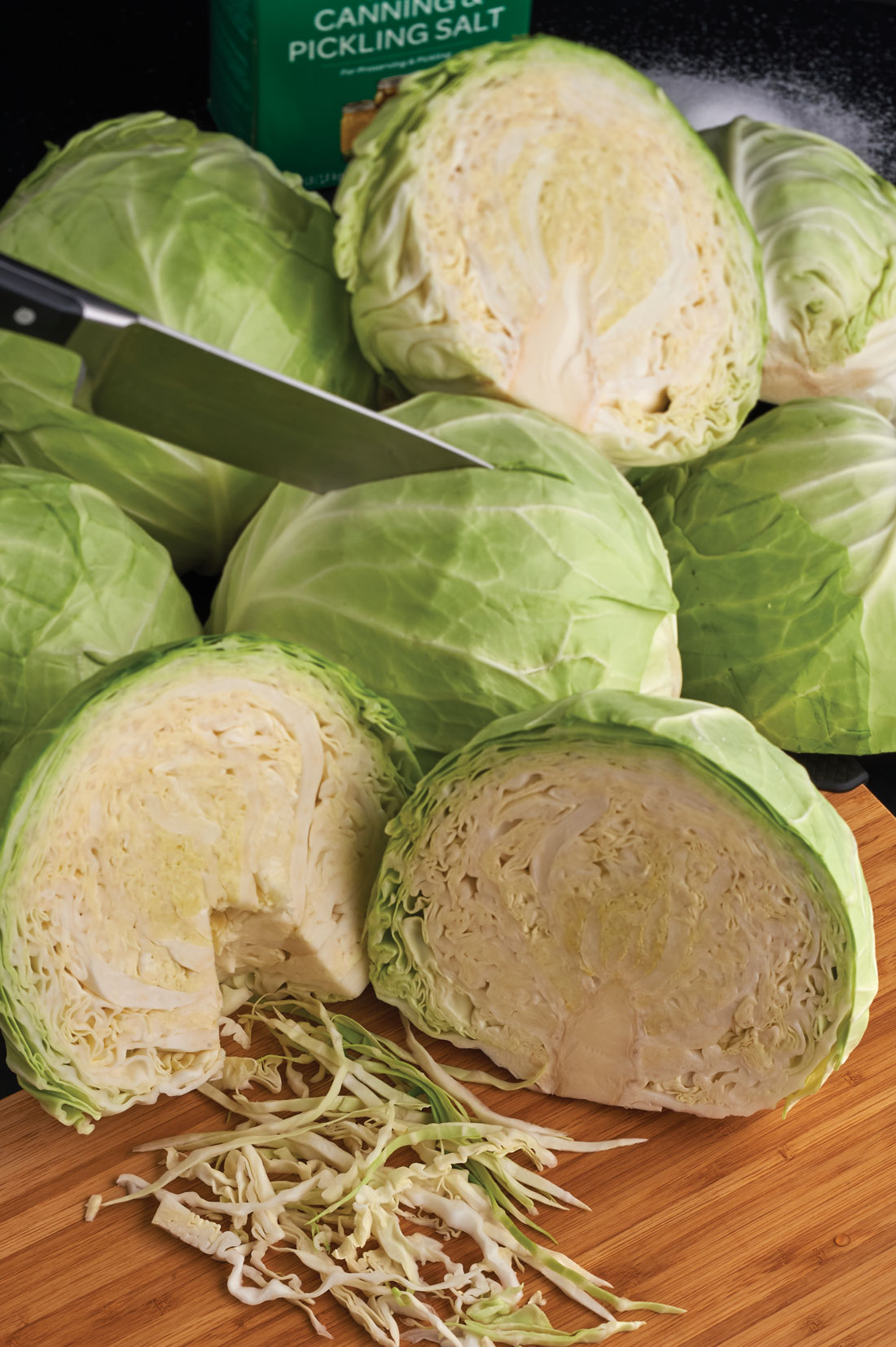
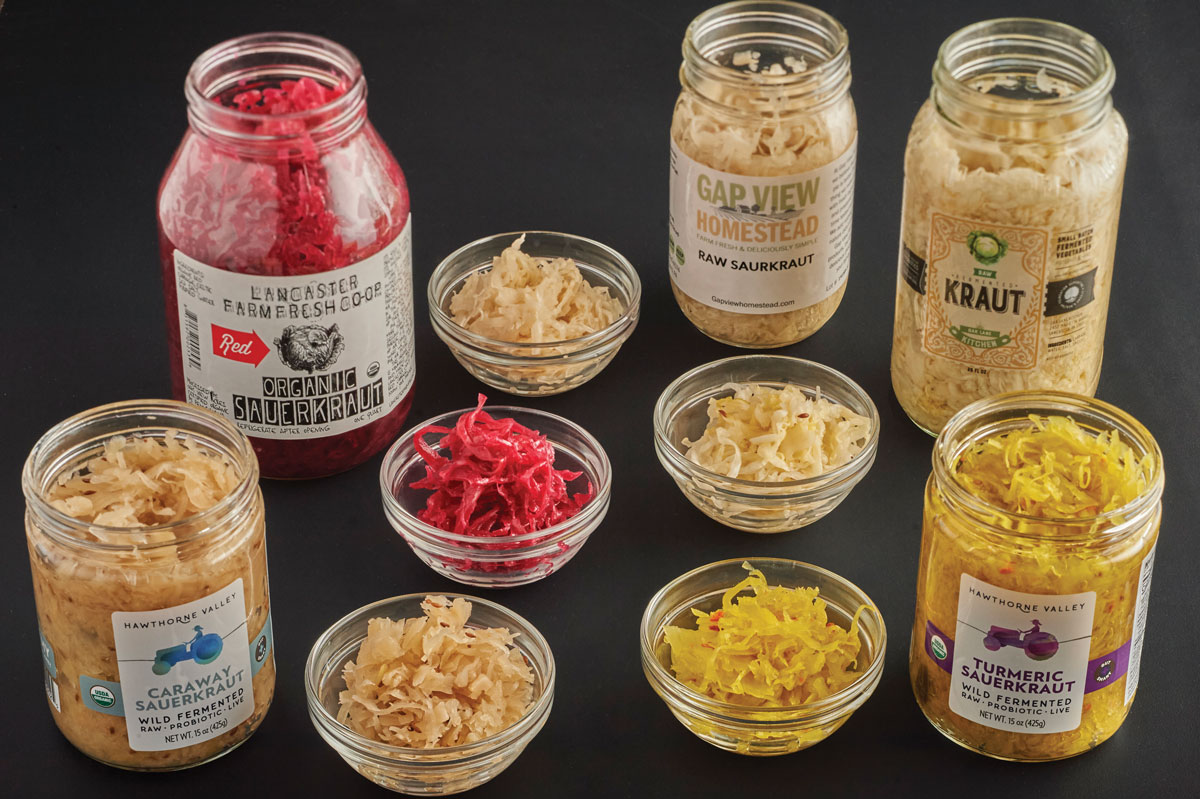
Nice job, Jordon. Well written. You go Jack!